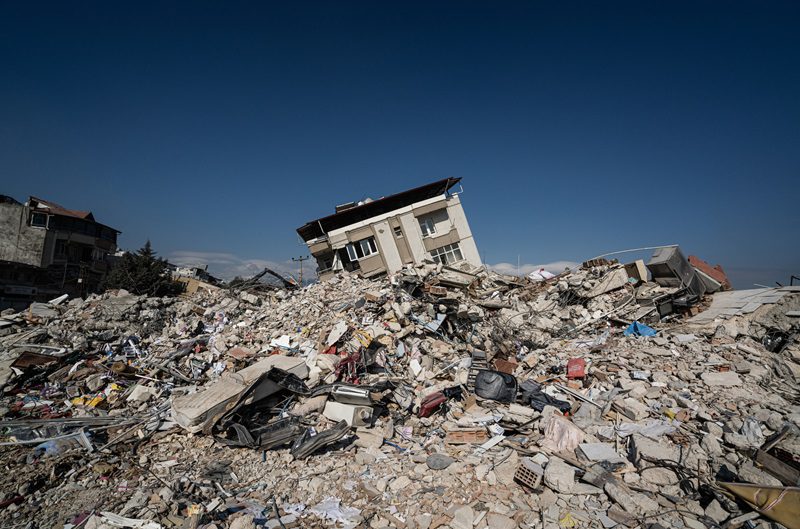NatCats taking their toll on Canadian property lines

Another year, another $3 billion in NatCat insurance claims payouts.
Canada’s property and casualty insurance industry paid out more than $3.1 billion last year in claims related to natural catastrophes, based on the latest numbers from Catastrophe and Indices Quantification Inc. (CatIQ).
Wildfire claims in Canada made up just shy of $1 billion of those claims.
If you feel like almost every year is making it into Canada’s Top 10 list of NatCat disasters, you wouldn’t be far wrong. Insurance Bureau of Canada (IBC) data show five out of the past six years appear on IBC’s list of “Canada’s Top 10 Highest Insured Severe-Weather Loss Years on Record.”
2023 was the fourth-worst year on record for NatCat losses. The year before that was the third-worst on record ($3.4 billion in 2022). The year before that was the sixth-worst ($2.48 billion in 2021). And before that was the seventh-worst ($2.46 billion in 2020).
This “grim” pattern “highlights the financial costs of a changing climate to insurers, governments and taxpayers,” IBC said in a release announcing the latest annual Cat figures.
“With today’s extreme weather events, insured catastrophic losses in Canada now routinely exceed $2 billion annually, and most of it is due to water-related damage,” IBC says. “Over the last decade, there have been more than 35 catastrophic flooding events across Canada in which insured losses exceeded $30 million per flood.
“Total insured losses from these [flooding] events have averaged close to $800 million annually over the last decade.”
In property lines, the losses are eating into the industry’s profitability.
The industry’s average loss ratio in property lines — including both the homeowner and commercial segments — has spiked over the past year, per numbers from the Office of the Superintendent of Financial Institutions (OSFI). Loss ratios are calculated by dividing the insurer’s claims costs by net earned premiums. Numbers over 100% show losses, while below 100% show profit.
In 2023, as of Q3 (the latest stats available before the transition to IFRS accounting metrics), Canadian federally regulated P&C insurers saw their property loss ratios spike to an average of 75.2%. Before that, the industry’s loss ratios in property lines for federally regulated insurers stood at 47.9% in 2021 and 54.5% in 2022.
Related: Can Canada’s P&C industry catch up to NatCats?
This year, wildfire events dominated the headlines.
Three of them — B.C. wildfires in the Okanagan and Shuswap areas ($720 million), wildfires in the Behchokǫ̀-Yellowknife and Hay River, NWT, areas ($60 million), and the Tantallon, NS, wildfire ($165 million) — all collectively totalled $945 million.
“Western Canada was at the forefront of the country’s record-breaking wildfire season in 2023, racking up four new catastrophes including — for the first time — two in the territories,” CatIQ reports in a note to members. “Fires scorched more than double the area of the previous record year, with hundreds of blazes torching swaths of British Columbia, Yukon and the Northwest Territories.”
Despite this, IBC says its members don’t foresee any direct hit to consumers in terms of wildfire coverage.
“After surveying insurers, IBC sees no change in the availability or affordability of wildfire insurance coverage across the country,” IBC says.
But coverage for flood and earthquake is another story.
“As a result of escalating losses and revised risk modelling, Canada is viewed now as a riskier place to insure,” IBC says. “Consequently, numerous Canadians cannot access flood insurance. It is also becoming harder for some households to obtain insurance for earthquakes and related hazards.”
Feature image courtesy of iStock.com/ozgurdonmaz



